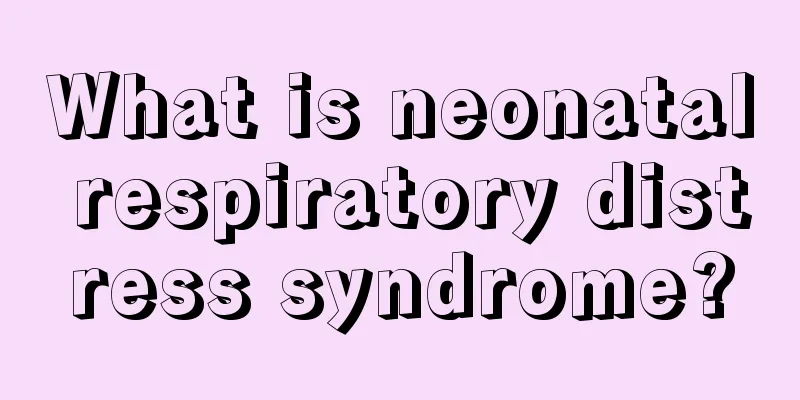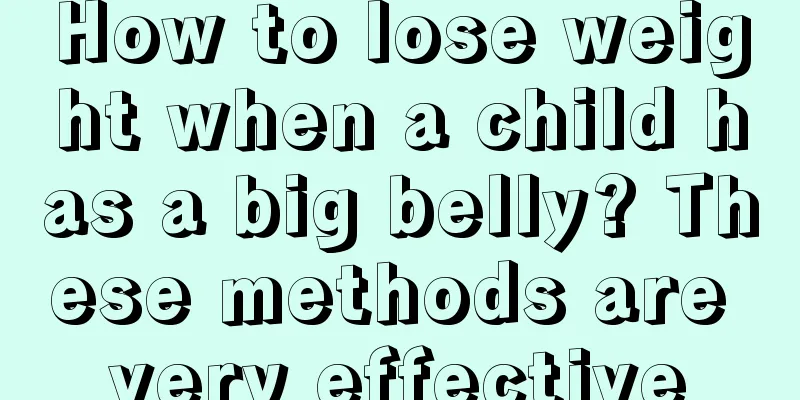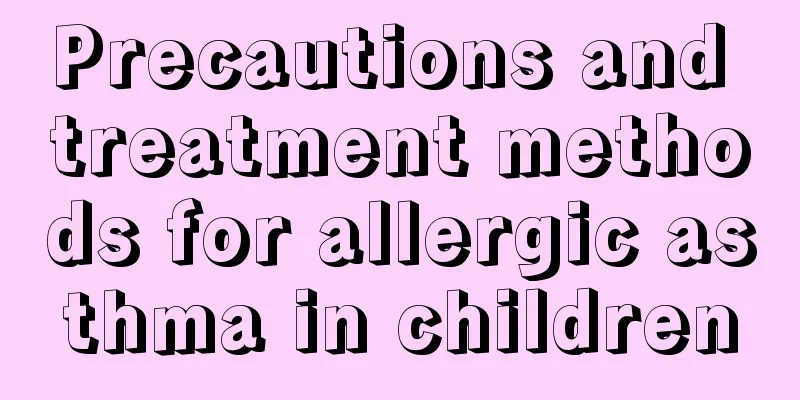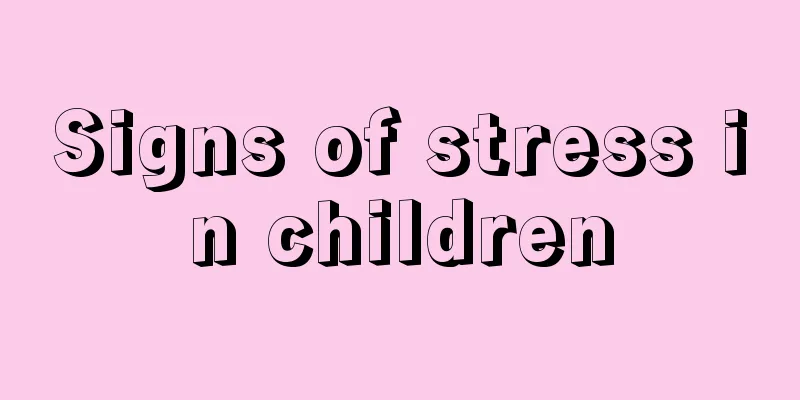What is neonatal respiratory distress syndrome?

|
Many newborn babies will have signs of respiratory distress, which is mainly seen in premature babies. Some babies will experience difficulty breathing and fluctuating breathing soon after birth. Such situations should be taken seriously and examined in detail to avoid unnecessary pain in the future. Usually occurs at gestational age less than 33 weeks. Parents can usually pay more attention to whether the baby's mood swings are normal. Here is a detailed introduction to neonatal respiratory distress syndrome: Neonatal respiratory distress syndrome is caused by a lack of pulmonary surfactant. Since the interface between the alveoli and air has surface tension, if there is a lack of surfactant, the alveoli will be compressed, gradually forming atelectasis, and its range will gradually increase. Blood flows through the atelectasis area, and gases return to the heart without being exchanged, forming an intrapulmonary short circuit. As a result, blood Pao2 decreases, oxygenation decreases, and metabolism in the body can only be carried out under hypoxic conditions, resulting in acidosis. In acidosis, the pulmonary vasospasm and the pulmonary blood flow resistance increase, which increases the right heart pressure and sometimes even reopens the ductus arteriosus, forming a right-to-left shunt. In severe cases, 80% of the cardiac output becomes the shunt volume, resulting in obvious cyanosis of the infant. When the blood flow into the lungs decreases, the perfusion volume of the lungs is insufficient, and the permeability of the blood vessel walls increases due to hypoxia, resulting in extravasation of plasma contents, including protein, including the deposition of fibrin, which causes the exudate to form a pulmonary hyaline membrane. In which newborns are respiratory distress syndrome more likely to occur? (1) Premature infants: Type II lung cells can produce PS at 22 to 24 weeks of gestational age, but the amount is small and rarely transferred to the alveolar surface. With the increase of gestational age, the synthesis of PS gradually increases. After 35 weeks, PS rapidly enters the alveolar surface. The PS produced by premature infants 72 to 96 hours after birth can generally maintain their normal breathing. Therefore, helping premature infants to overcome difficulties during the PS deficiency stage can improve their survival rate. (2) Pregnant mother has diabetes: The blood sugar of the fetus of a diabetic pregnant woman is often at a high level, and the fetus must increase the secretion of insulin to adapt to the needs of sugar metabolism. Insulin antagonizes the effect of adrenal cortex hormones, affecting the development of the lungs. (3) Intrauterine distress and birth asphyxia: Placental insufficiency causes the fetus to be in a state of hypoxia for a long time, which will affect the development of its lungs and cause low PS secretion. Asphyxia is one of the factors that induce RDS. (4) The incidence of male babies is twice that of female babies, the incidence of twins No2 is higher than that of twins No1, and the incidence of cesarean section is higher than that of vaginal delivery. What are the clinical manifestations of respiratory distress syndrome? (1) Progressive worsening of dyspnea: The cry may be normal at birth, but dyspnea may occur within 6 to 12 hours, progressively worsening with groaning, irregular breathing, and apnea. (2) Skin: The skin becomes bluish purple or grayish white, and oxygen supply cannot alleviate the symptoms. (3) It is a self-limiting disease: if patients survive for more than 3 days, their lung maturity increases and most of them can recover; if the disease is serious, most of them will die within 3 days. (4) Physical signs: flaring of the nasal wing; depression of the soft tissue of the chest during inspiration, most obvious below the costal margin and the lower end of the sternum; low breath sounds in both lungs, and fine moist rales can be heard during inspiration. If parents find that their children have difficulty breathing, groaning, or blue or purple hands and feet, they should send their babies to the hospital for treatment immediately. After that, observe the baby's mental state. If the baby is in better spirits and eats normally, there is generally no danger to his life and he will return to normal in about a month. |
<<: Nursing of acute conjunctivitis in children
>>: What is the cause of purpuric nephritis in children?
Recommend
What to do if neonatal jaundice rebounds?
Generally speaking, it is normal for newborns to ...
What to do if the baby doesn't eat for two months
Babies usually start to add complementary foods a...
What to do if your child has otitis media
Many mothers always complain that their children ...
What are the recipes for a one year and five month old baby?
There are many recipes for babies aged one year a...
Treatment of fever, cough and runny nose in children
Problems like children having fever, cough and ru...
How many days does a baby's viral fever last?
When a baby has a fever, we usually have to find ...
What are the reactions to BCG in newborns?
In many areas, newborns must be vaccinated after ...
How to determine if a child has ADHD?
It is a child’s nature to be playful. I believe m...
Ways to enhance your child's immunity
The weather is cold in winter and the temperature...
What are the side effects of eating colostrum for babies?
Bovine colostrum refers to the milk produced by a...
What is the massage technique for children's cough
Every family hopes to have a healthy baby, so the...
How to correct the head tilt of a newborn baby
Pregnancy is a very happy thing, especially when ...
What to do if your baby's hand is broken and bleeding
Children are usually naughty when running and jum...
What should I do if my baby has a fever of 38.8?
It is a very common phenomenon for children to ha...
Does a child's hernia require surgery?
There are many opinions on the treatment of herni...









